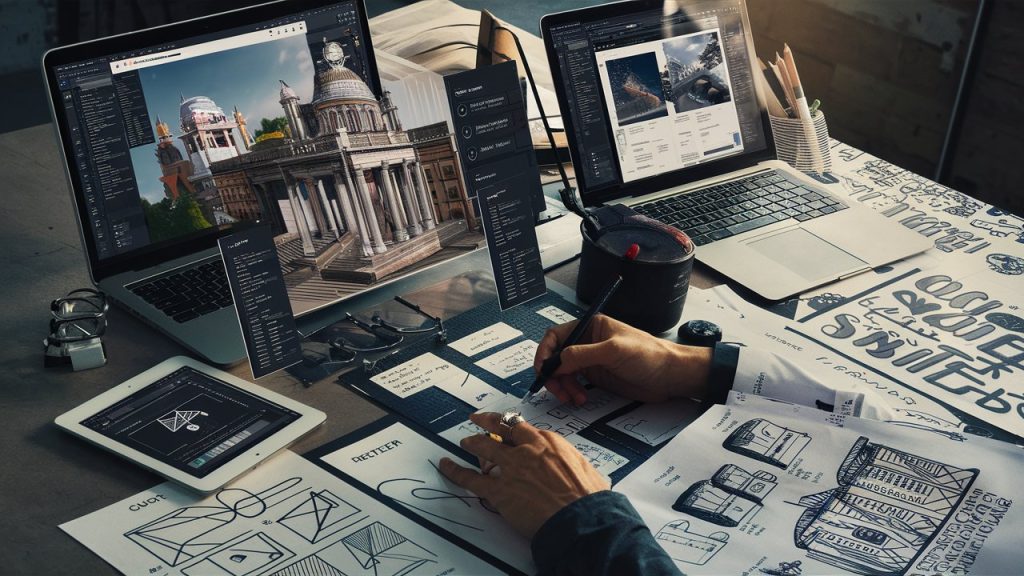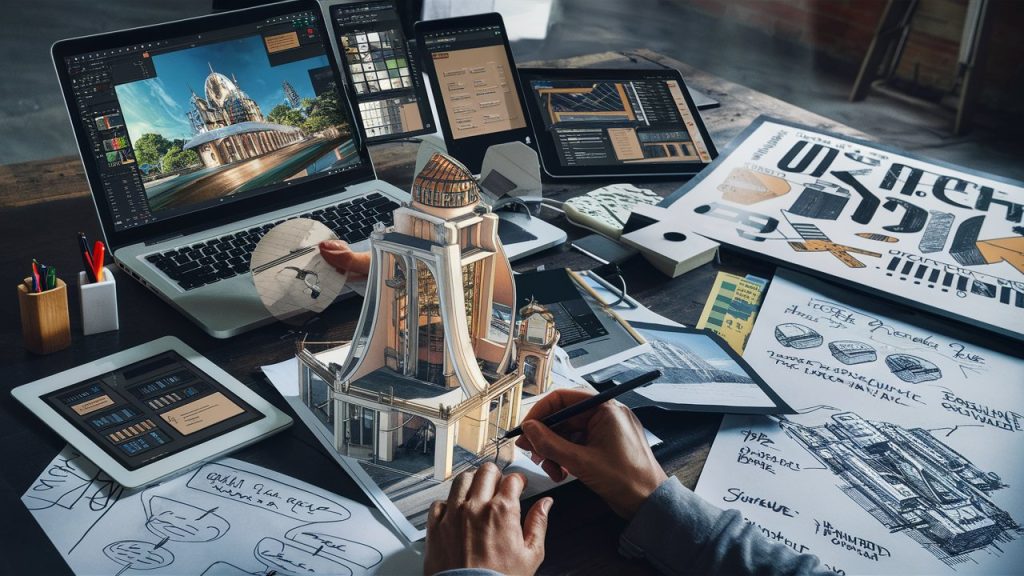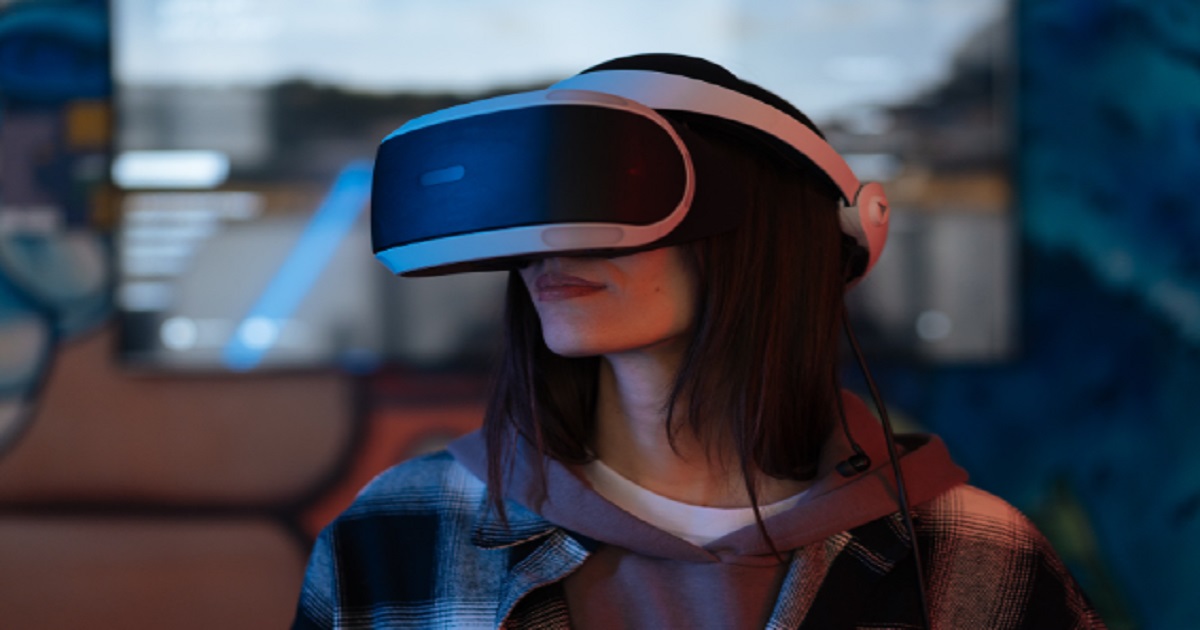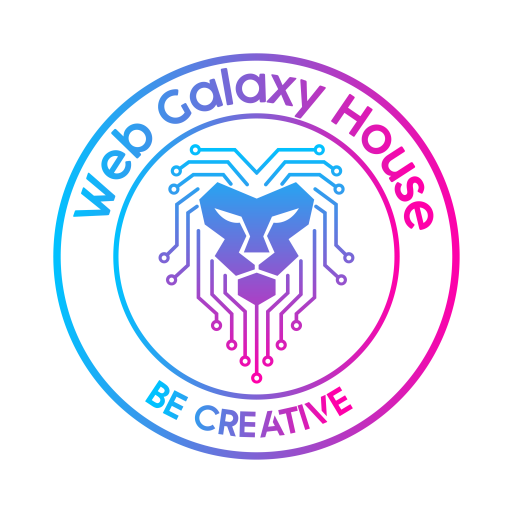Innovative UI/UX Design Trends To Watch In 2024
UI/UX Design 2024: Top Trends and Innovations
Introduction
In the ever-evolving landscape of digital design, UI/UX plays a crucial role in shaping user experiences and interactions with technology. As we step into 2024, the trends and innovations in UI/UX design are set to redefine how we engage with digital products and services. This comprehensive guide delves into the most significant trends and innovations in UI/UX design for 2024, highlighting the advancements that will drive the industry forward.
The Importance of UI/UX Design in 2024
UI/UX design is no longer just about aesthetics; it’s about creating intuitive, seamless, and engaging experiences for users. In 2024, the importance of UI/UX design will be underscored by the increasing reliance on digital interfaces in everyday life. Whether it’s a website, mobile app, or wearable device, the design must cater to user needs, preferences, and behaviors.
User-Centered Design Takes Center Stage
At the heart of every successful UI/UX design is a user-centered approach. In 2024, this principle will become even more critical as designers focus on creating experiences tailored to individual users. By leveraging data analytics, user feedback, and behavior patterns, designers can create highly personalized interfaces that enhance user satisfaction and engagement.
AI and Machine Learning in UI/UX Design
Artificial intelligence (AI) and machine learning (ML) are revolutionizing UI/UX design by enabling more intelligent and adaptive interfaces. In 2024, expect to see AI-driven design tools that can predict user behavior, suggest design improvements, and automate repetitive tasks. These technologies will empower designers to create more dynamic and responsive user experiences.
Voice User Interfaces (VUIs)
Voice User Interfaces (VUIs) are becoming increasingly popular as more devices incorporate voice-activated features. In 2024, VUIs will continue to rise, offering users a hands-free, convenient way to interact with technology. Designers will need to focus on creating intuitive and natural voice interactions that enhance the overall user experience.
AR and VR are no longer confined to gaming; they are becoming integral parts of everyday applications. In 2024, UI/UX designers will explore new ways to integrate AR and VR into various digital products, from e-commerce to education. This integration will provide immersive experiences that go beyond traditional 2D interfaces.
Neumorphism: A New Visual Style
Neumorphism, a design trend that combines skeuomorphism and flat design, is set to gain traction in 2024. This style creates a soft, extruded plastic look that mimics physical objects. It offers a fresh and modern aesthetic that enhances the user experience by providing more depth and realism in digital interfaces.
Sustainability and Ethical Design
As sustainability becomes a global priority, UI/UX designers will increasingly consider the environmental and ethical implications of their work. In 2024, expect to see more designs that promote sustainability, such as energy-efficient interfaces and designs that encourage responsible user behavior. Ethical design principles will also be at the forefront, ensuring that digital products are inclusive and accessible to all users.
Micro-Interactions: Enhancing User Engagement
Micro-interactions are small, subtle animations or feedback that enhance the user experience. In 2024, these interactions will become more sophisticated, providing users with seamless and intuitive feedback. Whether it’s a button animation or a subtle notification, micro-interactions will play a crucial role in keeping users engaged and satisfied.
Dark Mode: A Continued Trend
Dark mode has been a popular trend in recent years, and it shows no signs of slowing down in 2024. This design choice not only reduces eye strain but also conserves battery life on mobile devices. Designers will continue to refine dark mode interfaces, ensuring that they are visually appealing and easy to use.
Inclusive Design: Accessibility for All
Inclusive design is about creating interfaces that are accessible to everyone, regardless of their abilities. In 2024, UI/UX designers will place a greater emphasis on accessibility, ensuring that digital products are usable by people with disabilities. This includes features like voice navigation, high-contrast visuals, and alternative text for images.
Data-Driven Design: Leveraging Analytics for Better UX
Data-driven design involves using analytics and user data to inform design decisions. In 2024, this approach will be more prevalent as designers seek to create more effective and user-friendly interfaces. By understanding how users interact with a product, designers can make informed decisions that enhance the overall user experience.
Emotionally Intelligent Design
Emotionally intelligent design focuses on creating interfaces that resonate with users on an emotional level. In 2024, designers will explore ways to incorporate emotional triggers into their designs, such as using color psychology, storytelling, and personalized content. This approach aims to create deeper connections between users and digital products.
Biometric Authentication: Enhancing Security
As cybersecurity becomes increasingly important, biometric authentication will play a crucial role in UI/UX design. In 2024, expect to see more interfaces that incorporate fingerprint scanning, facial recognition, and other biometric methods to enhance security and streamline the user experience.
Minimalism and Simplicity
The minimalist design trend, characterized by clean lines, simple color schemes, and ample white space, will continue to dominate in 2024. This approach not only creates aesthetically pleasing interfaces but also enhances usability by reducing clutter and distractions. Designers will focus on creating simple, intuitive interfaces that are easy to navigate.
5G Technology and Its Impact on UI/UX Design
The rollout of 5G technology will have a significant impact on UI/UX design in 2024. With faster internet speeds and lower latency, designers will have more opportunities to create rich, interactive experiences. This could include high-quality video streaming, real-time collaboration tools, and more immersive AR/VR applications.
Gamification: Engaging Users Through Play
In 2024, this trend will continue to grow as designers look for innovative ways to make their products more engaging. This could include features like rewards, leaderboards, and interactive challenges that motivate users to interact with the product.
Cross-Platform Consistency
With users accessing digital products on a variety of devices, cross-platform consistency is crucial. In 2024, designers will focus on creating seamless experiences across different platforms, ensuring that users have a consistent experience whether they are on a desktop, tablet, or smartphone. This requires a responsive design approach that adapts to different screen sizes and resolutions.
Adaptive and Responsive Design
Adaptive and responsive design will remain a key focus in 2024. With the proliferation of devices and screen sizes, designers must create interfaces that adapt to various environments. This means designing flexible layouts that provide an optimal user experience, regardless of the device being used.
Emphasis on Typography
Typography is a fundamental element of UI/UX design, and its importance will continue to grow in 2024. Designers will experiment with new fonts, sizes, and styles to create visually appealing and readable interfaces. This includes the use of variable fonts that can adjust to different screen sizes and resolutions.
Hyper-Personalization
Hyper-personalization goes beyond basic customization by using AI and ML to deliver highly personalized experiences. In 2024, this trend will become more prevalent as designers seek to create interfaces that cater to individual user preferences and behaviors. This could include personalized content recommendations, tailored user interfaces, and dynamic layouts.
Progressive Web Apps (PWAs)
Progressive Web Apps (PWAs) offer a hybrid experience between web and mobile apps, providing users with the best of both worlds. In 2024, PWAs will become more popular as they offer faster load times, offline capabilities, and a native app-like experience. Designers will focus on creating PWAs that are responsive, reliable, and engaging.
Design Systems and Component Libraries
Design systems and component libraries are essential tools for maintaining consistency and efficiency in UI/UX design. In 2024, more organizations will adopt these systems to streamline their design processes and ensure a cohesive user experience across all products.
Focus on Content Design
Content design is about creating content that is clear, concise, and user-focused. In 2024, designers will place a greater emphasis on content design, ensuring that the content aligns with user needs and enhances the overall user experience. This includes everything from microcopy and error messages to instructional content and user guides.
No-Code and Low-Code Design Tools
No-code and low-code design tools are revolutionizing the way designers create digital products. In 2024, these tools will become more sophisticated, allowing designers to create complex interfaces without writing code. This democratizes the design process, enabling more people to contribute to UI/UX design and speeding up the development cycle.
Ethical AI in UI/UX Design
As AI becomes more integrated into UI/UX design, ethical considerations will become increasingly important. In 2024, designers will need to consider the ethical implications of their AI-driven designs, ensuring that they are transparent, fair, and respectful of user privacy. This includes avoiding biases in AI algorithms and providing users with control over their data.
Conclusion
The future of UI/UX design in 2024 is bright, with numerous trends and innovations set to transform the industry. From AI-driven design tools and voice, user interfaces to augmented reality and hyper-personalization, these advancements will enhance user experiences and redefine how we interact with digital products. By staying ahead of these trends and embracing new technologies, UI/UX designers can create intuitive, engaging, and inclusive interfaces that meet the evolving needs of users.
Some FAQs here about UI/UX Design
What is the significance of user-centered design in 2024?
User-centered design focuses on creating experiences tailored to individual users. By leveraging data analytics and user feedback, designers can create personalized interfaces that enhance user satisfaction and engagement.
How will AI and machine learning impact UI/UX design in 2024?
AI and machine learning will enable more intelligent and adaptive interfaces, predicting user behavior and automating repetitive tasks. This will empower designers to create dynamic and responsive user experiences.
What role will voice user interfaces (VUIs) play in 2024? VUIs will offer users a hands-free, convenient way to interact with technology. Designers will need to focus on creating intuitive and natural voice interactions to enhance the overall user experience.
How will augmented reality (AR) and virtual reality (VR) be integrated into UI/UX design?
AR and VR will be integrated into various digital products, providing immersive experiences that go beyond traditional 2D interfaces. This includes applications in e-commerce, education, and more.
What is Neumorphism and why is it trending?
It offers a modern aesthetic that enhances user experience by providing more depth and realism in digital interfaces.
Why is inclusive design important in UI/UX design?
Inclusive design ensures that digital products are accessible to all users, regardless of their abilities. This includes features like voice navigation, high-contrast visuals, and alternative text for images, making interfaces usable by people with disabilities.
© Copyright By Web Galaxy House





